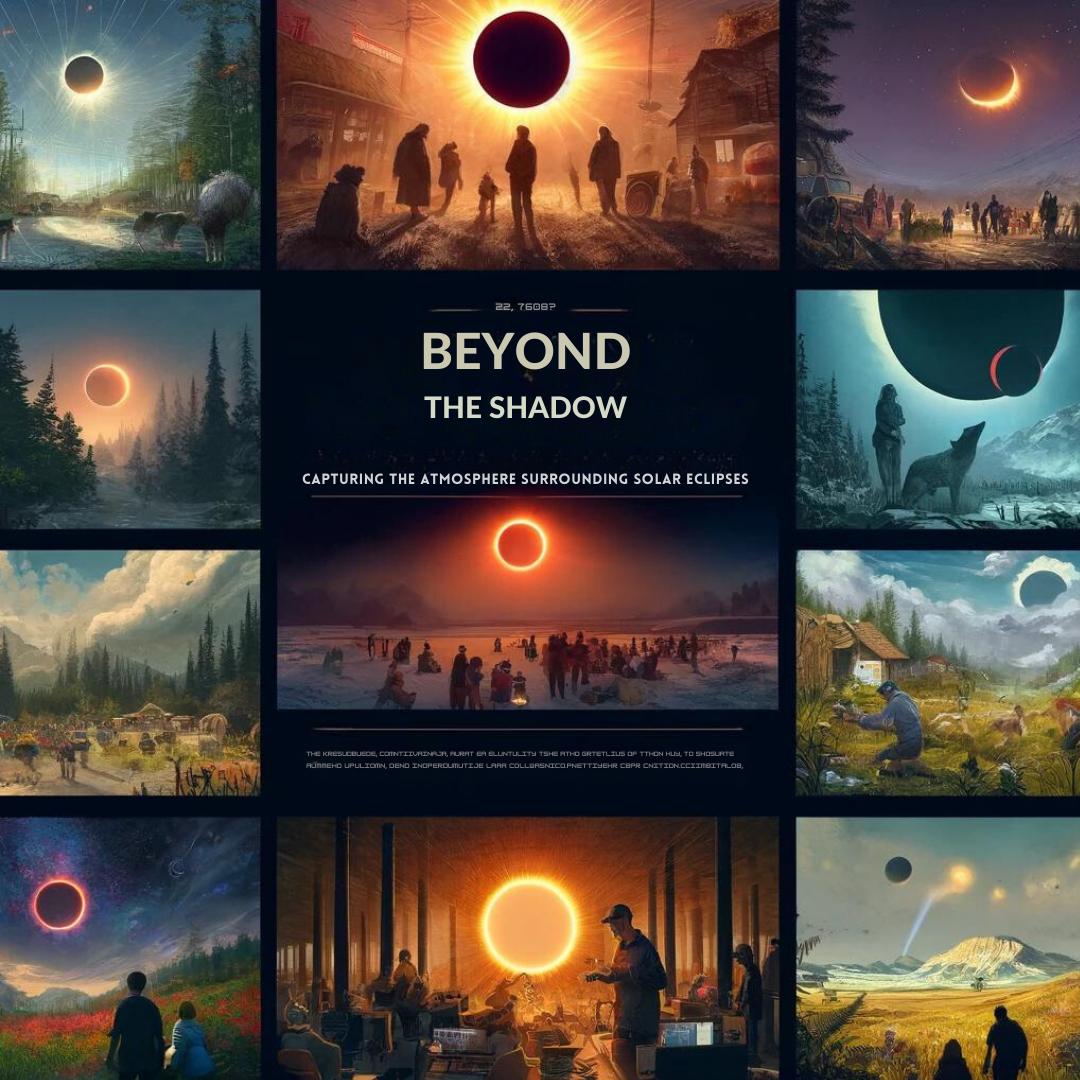
Every solar eclipse is an iconic and overwhelming event that evokes a sense of wonder and fascination in people. In this unique celestial alignment, the moon moves in front of the sun to block its light, resulting in a magical view of the universe. Unlike the night sky, which is visible for most of the year, a solar eclipse is a fleeting moment that only occurs for a short time. To capture the true atmospheric conditions surrounding these awe-inspiring events, it is necessary to use videography and photography techniques to appropriately showcase the experience.
Exploring the Different Phases of a Solar Eclipse
The most important component of capturing the atmosphere of a solar eclipse is being able to explore the different phases. This event usually occurs in four stages: the partial eclipse, the annular eclipse, the total eclipse, and the final partial eclipse. As the moon moves into different positions, the sun’s light becomes increasingly dim and a beautiful glow begins to surround the event. To be able to fully showcase this progression, videographers and photographers need to use a variety of zooms and dolly movements to show the eclipse from the beginning to the end.
Mastering the Art of Exposure and Composition
In addition to capturing all the phases, videographers and photographers should have an understanding of exposure and composition techniques. In the early stages of the eclipse, the light is still bright and golden, which makes it easier to capture crisp and clear shots. However, as the moon gets closer to completely covering the sun, the light becomes more difficult to manage. In order to create a pleasing visual experience, professionals need to master the art of balancing the bright sun against the dark moon.
Composition is also an important aspect of creating memorable footage during a solar eclipse. Videographers and photographers should explore different angles and perspectives in order to best showcase the event. For example, in a total eclipse, it is possible to capture a variety of interesting potential shots, from extreme closeups of the sun to wide angle shots that show the astronomical beauty of the event in its entirety. Every angle and position must be thoroughly explored to guarantee that the full atmosphere of the eclipse is captured and translated to video.
Using Special Techniques and Equipment
In order to fully capture the energy, mystery, and sense of awe that surrounds a solar eclipse, videographers and photographers need to use specialized techniques and gear. For videography, using a high frame rate can be extremely beneficial to showcase the gradual dimming and intense beauty of a solar eclipse as it progresses through its various stages. Photographers can use neutral density filters to capture detailed images of the sun, and a polarizing filter can be used to increase the contrast between the solar corona and the surrounding sky. Additionally, using dedicated lenses with increased aperture can help further pull the focus onto the details of the eclipse.
Editing for Extra Drama—But Don’t Overdo It
Once the footage and images have been captured, the final step is to edit them to showcase the drama and beauty of a solar eclipse. This doesn’t mean means overdoing it with special effects and changing colors. Instead, professionals should focus on bringing the authenticity of the event to the screen. Using slow motion and closeups to draw the viewer’s attention to the energy and beauty of the solar eclipse is recommended. This will ensure that viewers can relive the magical atmosphere of the eclipse over and over again.
In Conclusion
Every solar eclipse is a unique and iconic event that demands to be captured and appreciated by videographers and photographers. To properly showcase the atmosphere that surrounds this amazing celestial alignment, it is necessary to use a variety of sophisticated videography and photography techniques. From mastering the art of exposure and composition to employing special equipment and finishing with tasteful editing, professionals have it all at their fingertips to capture the magnificent energy, mystery, and wonder of solar eclipses.
